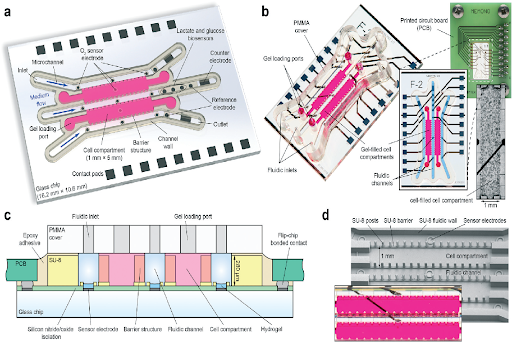CPHMS Newsletter 3 – February 2022 Edition
CPHMS Newsletter 3 -February 2022 Edition Informational Video Blog https://aic.ccmb.res.in/wp-content/uploads/2021/11/Gastric-Organoids-29-Nov.mp4#t=3 Blog Tracking metabolites in microfluidic chips Read More How geometry drives patterning in organoids Read More Promoting cross-sectoral collaboration in microphysiological systems Read More






